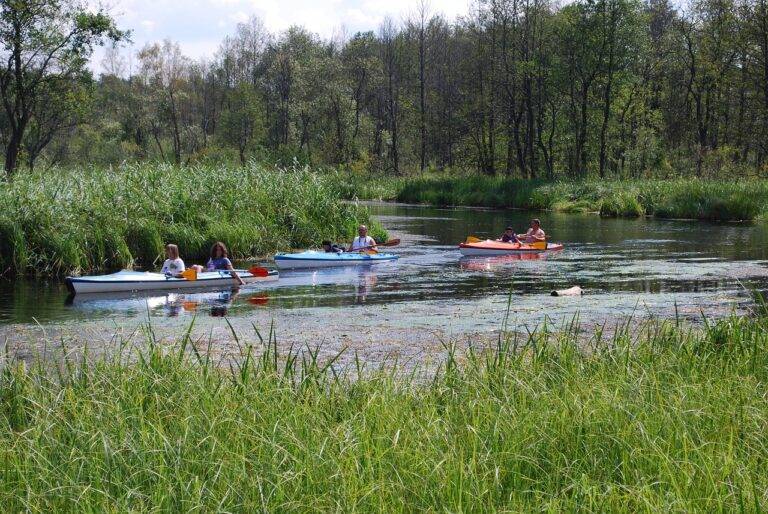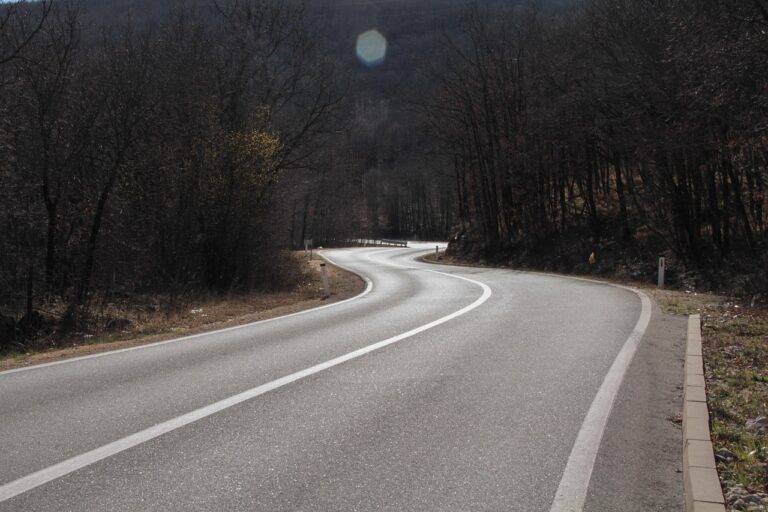Exploring Historic Sites: A Journey Through Time
Exploring historic sites allows us to delve into the stories of our ancestors, gaining valuable insights into the cultures and civilizations that shaped the world we live in today. These sites serve as a window to the past, offering us a glimpse of historical events, architectural wonders, and societal norms that have stood the test of time.
By immersing ourselves in these tangible remnants of the past, we can appreciate the resilience and creativity of those who came before us. Preserving these sites is not just about maintaining physical structures; it is about safeguarding our collective heritage and ensuring that future generations have the opportunity to connect with their roots and learn from the lessons of history.
The Importance of Preserving Historic Sites
Historic sites serve as valuable portals to the past, allowing us to connect with the people, events, and cultures that came before us. By preserving these sites, we can ensure that future generations have the opportunity to learn from and appreciate the rich tapestry of human history.
The protection and upkeep of historic sites also contribute to the conservation of our collective memory and identity. These sites often hold significant cultural, architectural, and artistic values that are irreplaceable once lost. Preserving them not only safeguards our heritage but also fosters a sense of continuity and understanding of where we come from.
Why is it important to preserve historic sites?
Preserving historic sites allows us to unravel the past and learn from our history. It helps us understand where we come from and how our ancestors lived.
What are some benefits of preserving historic sites?
Preserving historic sites can boost tourism, promote cultural heritage, and provide educational opportunities for future generations.
How can individuals contribute to preserving historic sites?
Individuals can contribute by visiting and supporting historic sites, volunteering at preservation organizations, and advocating for the protection of these sites.
What happens if historic sites are not preserved?
Without preservation efforts, historic sites may deteriorate, be destroyed, or lose their significance over time. This can result in the loss of valuable cultural and historical resources.
Who is responsible for preserving historic sites?
Preservation of historic sites is a shared responsibility among government agencies, private organizations, and individuals. Collaboration is key to ensuring the protection of these important landmarks.





